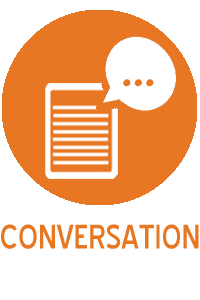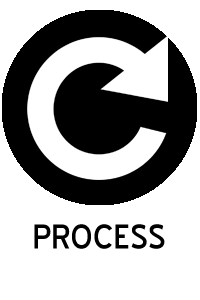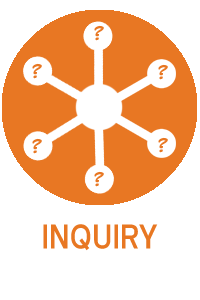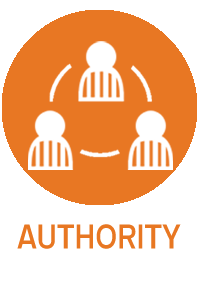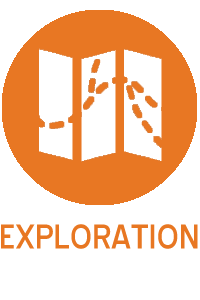Framework Focus: Process
Information in any format is produced to convey a message and is shared via a selected delivery method. The iterative processes
of researching, creating, revising, and disseminating information vary, and the resulting product reflects these differences.
2. Information Creation as a Process
Key Sentence: Novice learners begin to recognize the significance of the creation process, leading them to increasingly
sophisticated choices when matching information products with their information needs.
Knowledge practices:
- articulate the capabilities and constraints of various creation processes;
- assess the fit between a creation process and an information need;
- articulate the processes of information creation and dissemination in a particular discipline;
- recognize that information may be perceived differently based on its format;
- recognize the implications of information formats that contain static or dynamic information;
- monitor the value that is placed upon different types of information products;
- transfer knowledge of capabilities and constraints to new types of information products;
- Understand that their choices impact the purpose and message of information.
Dispositions:
- seek out characteristics of information products that indicate the underlying creation process
- value the process of matching an information need with an appropriate product
- accept that the creation of information may begin initially through communicating in a range of formats
- accept the ambiguity surrounding the potential value of information creation expressed in emerging formats
- resist the tendency to equate format with the underlying creation process
- understand that different methods of information dissemination with different purposes are available for their use
We teach:
- The information cycle in response to events (ENGL 101)
- The nature of different types of internet sources (ENGL 101)
- Processes behind the creation of standard business data metrics (BADM 236 and 536)
- Presentation creation (Symposium workshops)
- Technology tools, explored using a “petting zoo” approach (EDUC 351 and other courses)
- Research and Writing Log for reflecting on the research process (ENGL 300 and BIOL 205)
- Concept mapping to identify how sources relate to one another (CLNR 451)
- Fitting source types to information needs (HIST 351 and 447, CRIM 231)
- Relationship between content and design; how the inforgraphic format informs information creation (BADM 200)
- Videos as a presentation format; how to work within time constraints (CHRS 300)
- Location of copyright compliant graphics and illustrations for presentations (OMED 502 and above; MSBS 544)
“Framework for Information Literacy for Higher Education.” Association of College and Research Libraries, 11 Jan. 2016, http://www.ala.org/acrl/standards/ilframework. Accessed 21 June 2016.
Download Framework Resources for Librarians.
